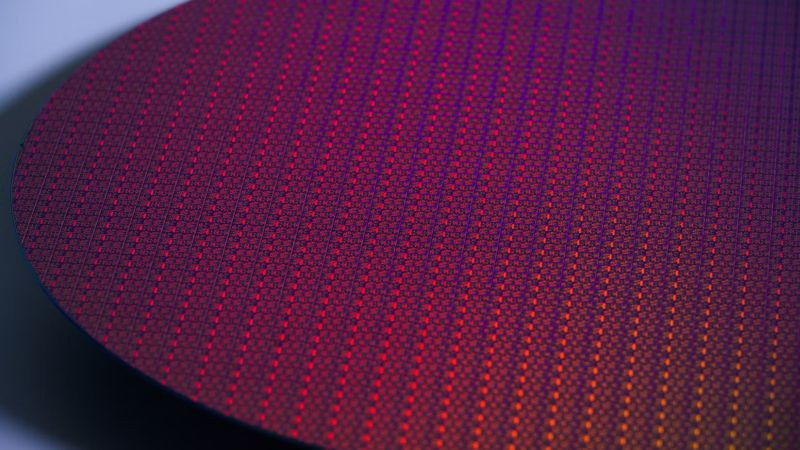Intel initially planned to use the 20A process to adapt to innovations in transistor packaging and power supply on the back of the silicon wafer, without making serious bets on it in mass production. Now it makes it clear that it has decided to “jump” over this stage of lithography and offer only products manufactured using the more advanced Intel 18A technology.

Image Source: Intel
This is stated quite openly in a new press release on the Intel website, describing the value of the Intel 20A from an experience point of view. As part of this technical process, the company was able to introduce the RibbonFET transistor structure and power supply to the silicon wafer from the reverse side, which will initially be used in the production of products using Intel 18A technology. As Intel CFO David Zinsner explained this week, the company decided not to bring the 20A process to market to concentrate resources on introducing the more advanced 18A.
This shift in priorities will help accelerate the adoption of the Intel 18A process technology into mass production and achieve the goal of developing five new process technologies in four years. Moreover, the company is very pleased with the density of defects within the Intel 18A process technology at this stage. For the consumer segment, this decision will have very tangible consequences: the production of Arrow Lake processors will be entrusted to third-party contractors, combined with the use of Intel’s own chip packaging capabilities.
Due to the specific nature of his position, Intel’s CFO spoke about the prospects for the company’s contract division to become self-sustaining. Firstly, from the point of view of interaction with external customers, it is already receiving revenue from providing chip packaging services. Company CEO Patrick Gelsinger said last week that Intel’s chip testing and packaging capacity is fully operational now, and the number of deals with third-party clients in this area will triple by the end of this year. At the same time, Intel will expand its chip packaging capacity. Negotiations are ongoing with at least 12 potential clients, but the corresponding orders will only generate revenue from 2026, Zinsner added. In 2027, he said, Intel’s contract business will begin to generate significant revenue.
An Intel spokesman avoided discussing rumors that the company had failed to attract Broadcom as a client willing to receive products based on Intel 18A technology from the processor giant’s contract division. Zinsner explained that the bulk of the planned staff reductions of 15% will be implemented before the publication of the next quarterly report in October. Intel hopes to receive subsidies and preferential loans under the “Chip Law” no earlier than the end of this year, as the company’s financial director admitted.